A holiday post in January?
While this may not seem on-theme, I’m motivated to write about teaching inclusive holidays after Christmas has passed. That is actually my point – we need to teach and celebrate holidays with equality if we’re going to do it at all. And let’s be honest, any teacher knows it is near impossible to avoid Santa art, cookie exchanges and gift swaps completely. And maybe we don’t need to. Maybe, the answer is more parties. I like this idea.
This year I had been dodging the Secret Santa question for weeks, struggling (like usual) over how to respond to student interest and make sure I was creating an inclusive space for all. If anyone loves cookies, themed costumes and parties it’s me – but what about the students who don’t celebrate Christmas? How does it feel to be in an inescapable Christmas bubble at school? And what message does it send to others if I ignore that nagging uncomfort?
As I struggled with this dilemma, Teaching Tolerance posted this guide to the holidays.
I find it invaluable to read justice-focused education publications regularly – they give me the courage, reminders and ideas to teach for equity. Teaching Tolerance’s guide did just that, but I didn’t have enough time to act on all my ideas. And that’s why I’m writing a holiday post in January. Because, as teachers, we need more time to discuss, mull and prepare – and because I plan to keep celebrating holidays (all of them) throughout 2019.
Here’s what I did, and what I hope to do.
I hope it helps students spread inclusivity in your school and spurs new ideas. Please share them!
- I started by teaching the respect curriculum from Teaching Tolerance. Though this was meant for younger grades, my 7th & 8th graders had a lot to say about respect and creating a contract was definitely important as we began to discuss diversity.
- I printed out photographs from winter holidays around the world and taped them on to large pieces of white paper. Students did a gallery walk and discussed what they saw in each photo. They wrote key words and noticings down on the papers. After everyone had seen the pictures I added in captions that explained the holidays. We did another gallery walk and students added to their noticings.
- Next, students brainstormed similarities between all the pictures holidays.
- We then created decorations that represented these similarities. My big idea was to have students plan a party and decorations using the similar words. However, we ended up not having much time to plan activities, food, etc. Instead, students crafted beautiful decorations from the similarities that we hung around the room and they brought in snacks to share.
- My next step idea is for students to revisit this by researching holidays around the world and creating a calendar for the remainder of the school year. (I also think this would be a great time to bring in some maps/geography work!) Then, small committees can plan parties for each holiday as they occur on the calendar. I also want to integrate holidays into my curriculum as appropriate. For example, when I’m teaching about the Civil Rights Movement in March I hope students can revisit Kwanzaa and research its fascinating history as part of this movement.
The possibilities are endless and my hope is that we can have student-driven parties all year long that celebrate holidays from many different cultures, religions and people. In this way all students can celebrate holidays that are important to them, while learning more about those that are different than their own traditions.
May we party all year, for equality.
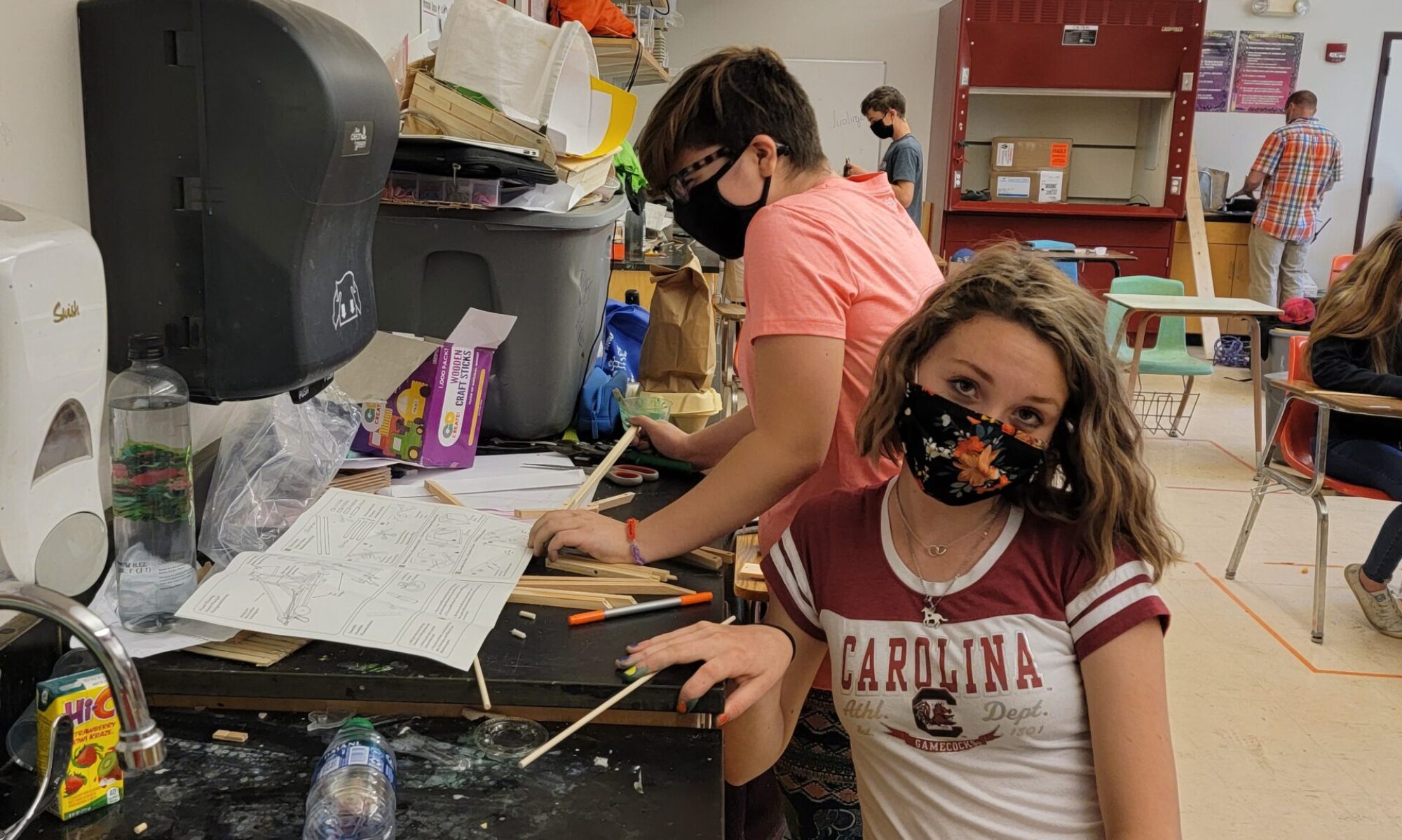

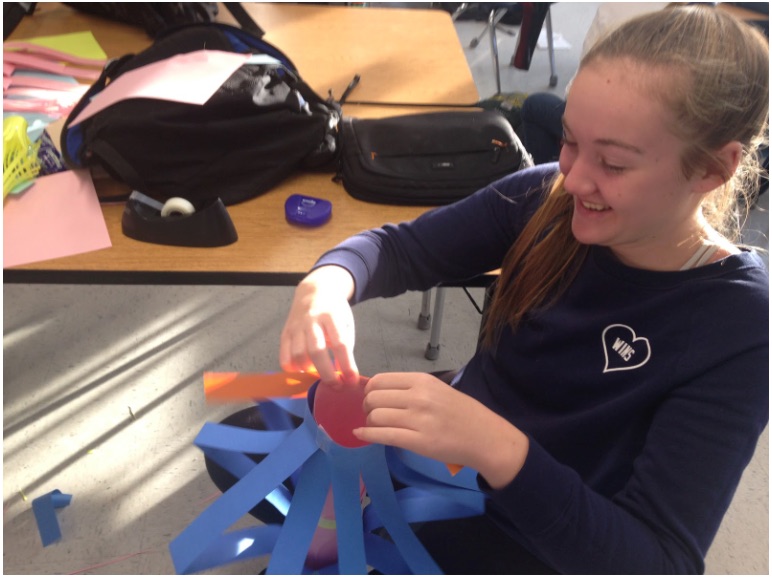
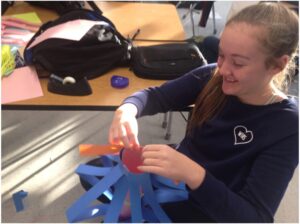
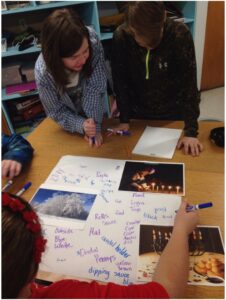
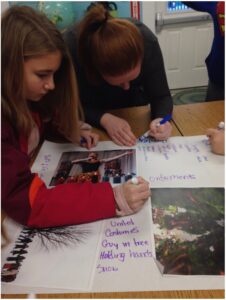
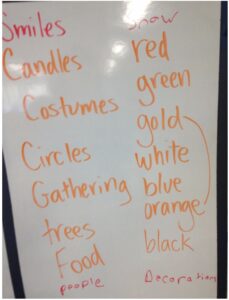
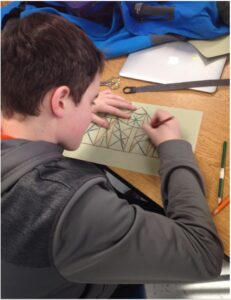
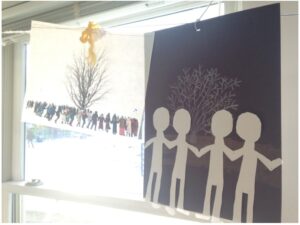
Thank you for your sharing. I am worried that I lack creative ideas. It is your article that makes me full of hope. Thank you. But, I have a question, can you help me?